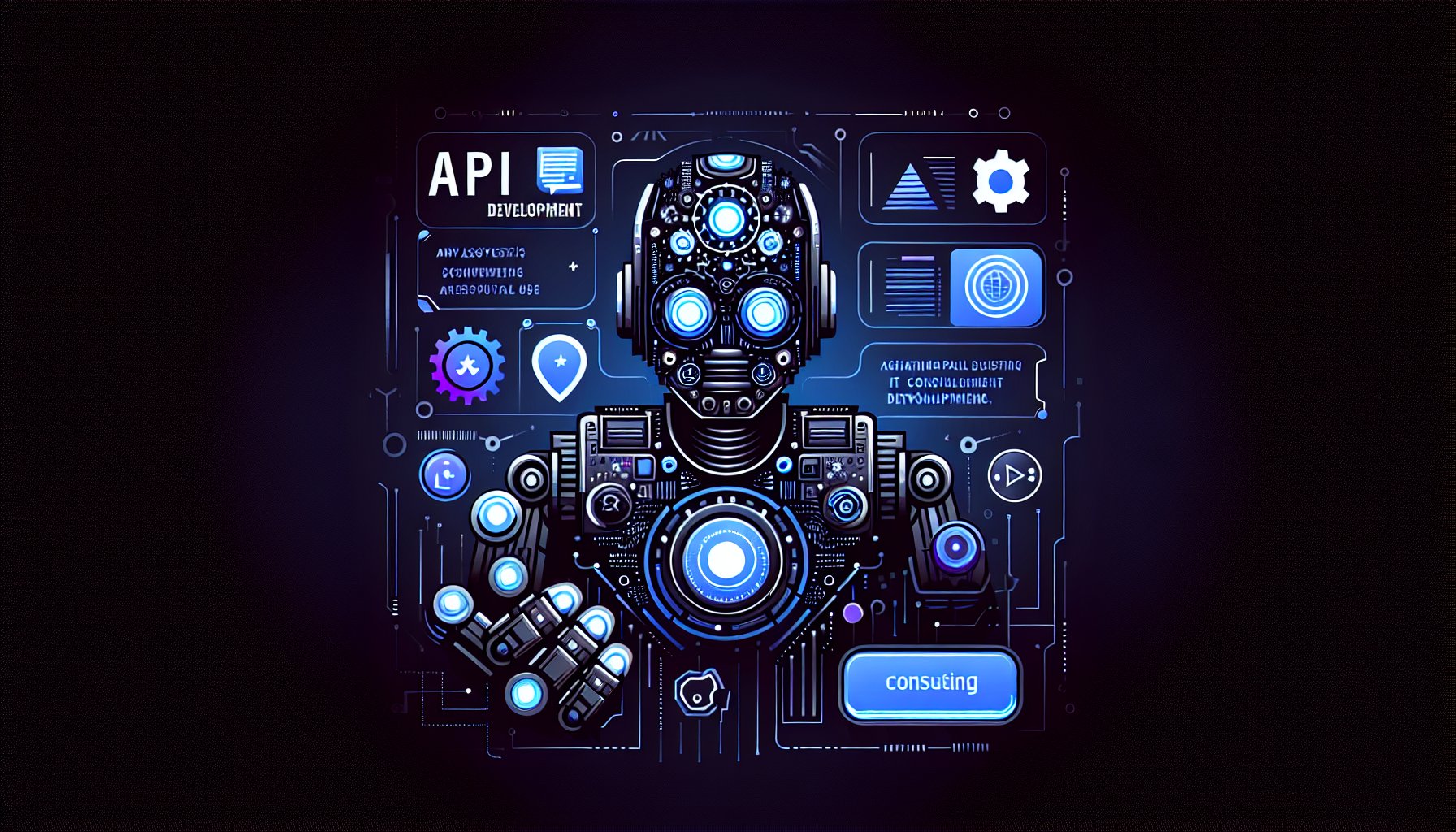Introduction
In an ever-evolving technological landscape, Application Programming Interfaces (APIs) have become the bedrock of efficient and seamless software integrations. With the continuous advancement in technology, it's crucial to stay updated on the latest trends and practices in API development. This article will provide insights into cutting-edge approaches, modern frameworks, and future-forward strategies in API development for 2025 and beyond.
The Evolution Towards Microservices
Microservices have emerged as a pivotal trend in API development. This architecture breaks down applications into small, loosely coupled services, enhancing scalability and facilitating continuous delivery. The adoption of microservices significantly accelerates the development process, providing developers with the flexibility to use different technologies and languages for different services.
// An example of a microservice in Node.js
const express = require('express');
const app = express();
app.get('/api/service', (req, res) => {
res.send('Microservice responding!');
});
app.listen(3000);
The Rise of RESTful APIs and GraphQL
RESTful APIs continue to dominate, owing to their simplicity, scalability, and stateless servers. However, GraphQL is rapidly gaining traction due to its flexibility and efficiency in handling complex queries. GraphQL allows clients to request exactly what they need, minimizing data over-fetching and under-fetching issues common with RESTful APIs.
// An example of a GraphQL query
{
user(id: 1) {
name
email
posts {
title
content
}
}
}
Serverless Architecture: The Future of API Development
Serverless architecture is revolutionizing the way we develop and deploy APIs. By outsourcing server management to cloud service providers, developers can focus on writing code, while the infrastructure scales up or down automatically based on demand. This approach not only reduces operational costs but also improves scalability and performance.
// An example of a serverless function in AWS Lambda
exports.handler = async (event) => {
let response;
try {
response = {
'statusCode': 200,
'body': JSON.stringify({
message: 'Hello from Lambda!',
}),
};
} catch (err) {
console.log(err);
return err;
}
return response;
};
Conclusion
As we look towards the future, API development continues to be shaped by the adoption of microservices, the evolution of RESTful APIs and GraphQL, and the emergence of serverless architecture. By staying abreast of these trends and leveraging the latest technologies, developers can build robust, scalable, and efficient APIs that drive business growth.
Key Takeaways
- Microservices enhance scalability and flexibility in API development.
- GraphQL offers a more efficient way to handle complex queries than RESTful APIs.
- Serverless architecture allows developers to focus on code, while infrastructure scales automatically.
By embracing these cutting-edge approaches and technologies, developers and businesses can ensure they are future-ready, staying ahead of the curve in the dynamic world of API development.
